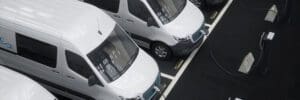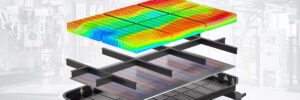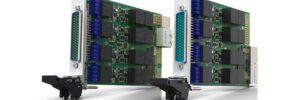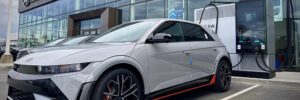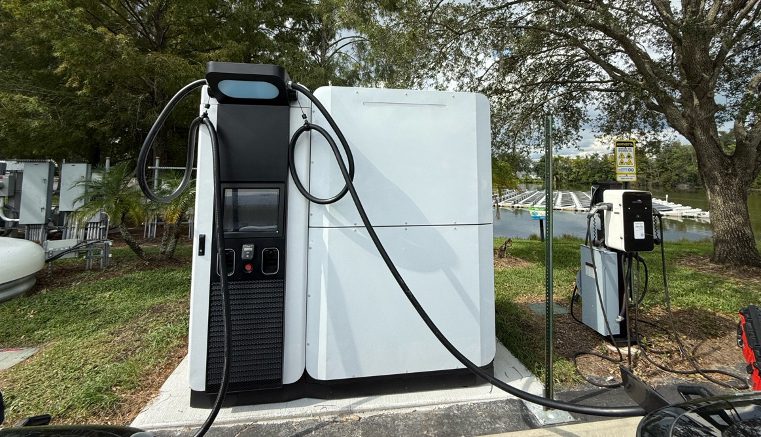
Electrovaya, a developer and manufacturer of industry-specific lithium-ion batteries, has received a new order from a longtime repeat buyer.
The order, valued at $4.2 million, is for batteries for use in cold-storage warehouses operated by the customer, which has placed orders in excess of $13 million over the course of its relationship with Electrovaya.
The new battery system will be used to power material-handling electric vehicles in the cold-storage warehouses.
The customer currently operates six warehouses that use Electrovaya’s Infinity Battery Technology, a battery management system that was developed in-house and is now in its fifth generation. This allows the Toronto, Ontario-based company to further customize the BMS to the specific application requirements and the Electrovaya batteries’ unique attributes.
It’s important to note that the operating environment of this particular customer is a particularly harsh and frigid one. The cold temperatures found in refrigerated warehouses reduce the running time of electric forklifts using standard lead-acid batteries.
A cold storage warehouse is a large refrigerated building designed for the storage of goods in an environment below the ambient outdoor temperature. Companies that sell and distribute fruit, vegetables, meat, fish and dairy goods require cold storage facilities, and most transport these items in refrigerated trucks as well. Cool stores have been an essential component of the shipping industry since the late 1800s, and the industry’s origins can be traced back to Christian Salvesen, the operator of a modest Scottish whaling company who expanded his business to include a cool store in Grimsby, then a major port.
Source: Electrovaya






